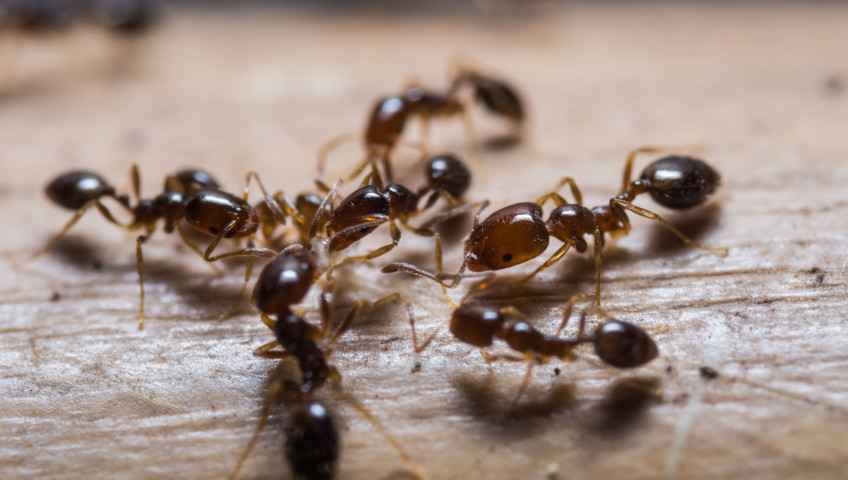
Staying Safe Around San Antonio Pests
Fire ants are aggressive, and their stings can cause painful reactions. In Texas — where these ants are prevalent — knowing how to treat their stings is essential.
At Apple Pest Control, we’re here to keep your San Antonio home and property protected against these unwelcome insects. In this informative blog post, we’ll guide you through identifying and treating fire ant stings, beginning with recognizing symptoms and moving on to effective treatment methods.
Recognizing Fire Ant Stings
The first step in treating fire ant stings is to recognize them. These stings typically cause immediate pain, followed by redness, swelling and itching. If you’re wondering what to put on an ant bite, the answer depends on the severity of the reaction. For most people, fire ant bites can cause swelling, and in some cases, they can lead to more severe reactions.
Immediate Steps After A Fire Ant Sting
If you’re thinking about what to do if bitten by fire ants, here’s a step-by-step guide:
Clean the area — Gently wash the sting site with soap and water to prevent infection.
Apply cold compresses — This can help reduce swelling and pain.
Avoid scratching — Scratching can increase the risk of infection.
Sometimes avoiding being bitten is impossible. Follow the above steps to alleviate some of the discomfort, and reach out to our team for long-lasting pest control solutions.
Home Remedies And Over-The-Counter Treatments
Several home remedies and over-the-counter treatments can effectively soothe fire ant stings. Try one or more of these steps if you or a member of your household needs ant bite relief.
- Cold packs — Apply a cold pack to the area for relief.
- Hydrocortisone cream — This can alleviate itching and swelling.
- Antihistamines — These can help if the reaction is more severe, especially if swelling and itching are significant.
Follow the instructions on any medical treatment product and be aware of possible side effects.
When To Seek Medical Attention
It’s crucial to know when to seek medical attention. If you notice severe reactions, such as difficulty breathing, dizziness or swelling of the face and throat, get emergency help immediately.
These symptoms can indicate a severe allergic reaction. Additionally, if there’s a sign of infection, like increasing pain, redness and pus, consult a healthcare provider.
Preventive Measures To Avoid Stings
While outdoors, you can take preventive measures to avoid insect stings. Wear protective clothing like long sleeves and pants to provide a barrier against stings. Be aware of your environment and avoid standing near fire ant mounds.
Ensure that all outdoor eating areas are clean and that food is not left unattended. Use tightly sealed containers for food storage and dispose of waste in sealed bins. This helps reduce the attraction for fire ants and other pests, keeping them at bay.
Managing Fire Ant Infestations With Apple Pest Control
Dealing with fire ants in Texas requires more than just treating stings — it involves controlling their population. Apple Pest Control offers professional services to manage fire ant infestations effectively. With our expertise, you can minimize the risk of fire ant stings and enjoy a safer outdoor space.
Remember, while home remedies and over-the-counter treatments are helpful, professional pest control services are crucial for the long-term management of fire ant infestations. Trust Apple Pest Control for expert solutions in dealing with these aggressive pests. Stay safe and proactive in your approach to fire ant stings!




